Inhabited
2006
In 2005, then Environment Minister, Brendan Nelson announced the federal government’s decision to establish a nuclear waste dump in the Northern Territory. At the time he said “Why shouldn’t people living in the middle of nowhere have a radioactive waste dump on their land?”. Inhabited aims to reveal the myth of uninhabited and lifeless places that is created by politicians and industry promoting nuclear activity in Australia.
From the British-Australian atomic tests in South Australia and Western Australia in the 50s and 60s to past and present uranium mines and the proposal for a national nuclear waste dump in Australia, Inhabited gives a face to the people most directly impacted by nuclear developments in Australia, but whose voices are the least heard.
*Please note, this exhibition was created in 2006/07 when the proposed national nuclear waste dump had 3 potential locations in the Northern Territory. As of 2011 is was planned for Muckaty Station near Tennant Creek in the NT; in 2014 the Muckaty Traditional Owners fought against the NT Government and the Northern Land Council and managed to win, preventing the waste dump from being built at Muckaty. The Australian Government has now returned to the drawing board, looking for a new site.
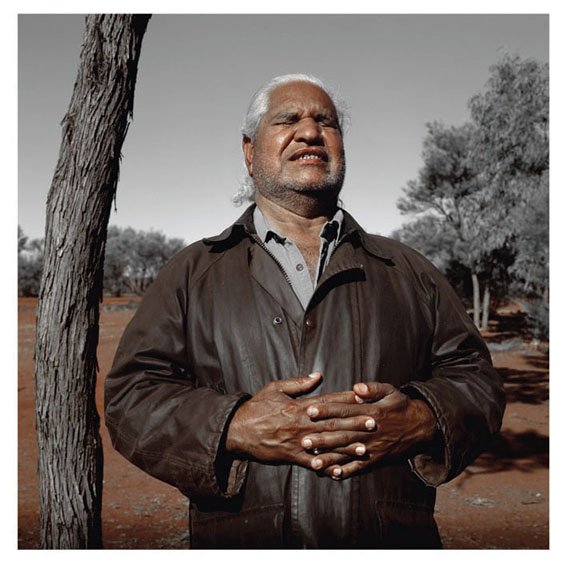
Yami Lester, Walatinna Station, South Australia, 2006 In 1953, Yami, a Yankunytjatjara man, was ten years old, living at Walatinna Station when ‘Totem One’ was detonated at Emu Field in South Australia. The test was the first of a series of atmospheric atomic bombs that the British and Australian governments were testing during the 50’s and 60’s at Emu Field and Maralinga in South Australia and the Monte Bello Islands off the West Australian coast. Yami, and his community who were there at the time, remember a black mist coming over the horizon which caused many people to become sick with diarrhoea, skin rashes and other illnesses, Yami became blind not long after the fallout.
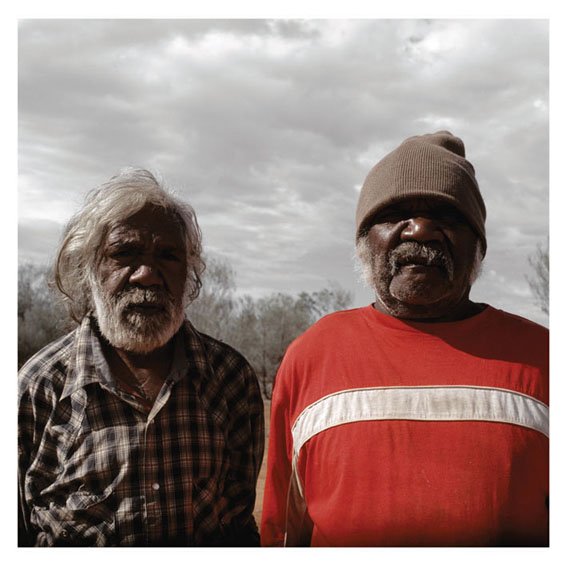
Bindi and Billy, Alice Springs, Northern Territory, 2006 Bindi and Billy are Traditional Owners for Muckaty Station, 120km north of Tennant Creek, which was one of the proposed nuclear waste dump sites in the Northern Territory. In 2006 Bindi was taken on a trip to Lucas Heights nuclear reactor in Sydney to examine the waste that might be coming to his country. Until he arrived at Lucas Heights, he thought he was being asked about hosting an ordinary rubbish dump.
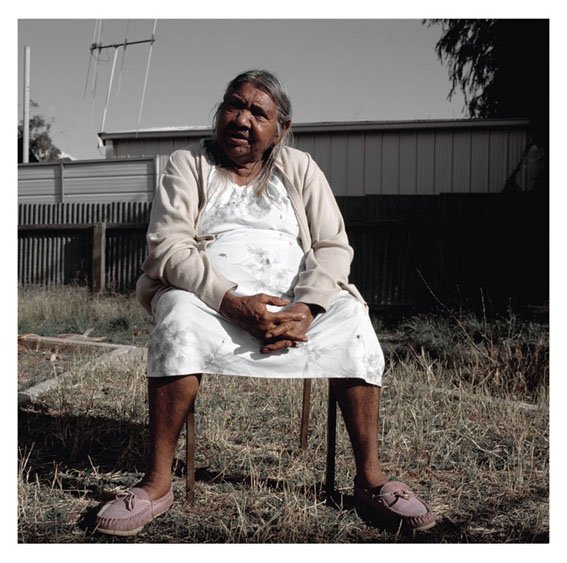
Eileen Wani Wingfield, Port Augusta, South Australia, 2006. Eileen, (dec.) a Kokotha woman and Goldman Environmental Prize winner, was part of the Irati Wanti (the poison, leave it) campaign from 2000 – 2005, that stopped the dumping of nuclear waste in Woomera, South Australia. She was an atomic test survivor, and also fought tirelessly against the Olympic Dam uranium mine, which operates on Kokotha land, in Roxby Downs, South Australia.

Avon Hudson, Woomera Missile Park, South Australia, 2006. Avon is a veteran from the Maralinga atomic tests from 1956-1959 in South Australia. He became a whistleblower and exposed the fact that plutonium remained buried at Maralinga. The service personnel were never told of the dangers of radiation, with many dying young. The ongoing intergenerational health effects such as cancer and other health defects continues throughout families of the veterans. The Australian government still hasn't taken responsibility for the impact of the tests.
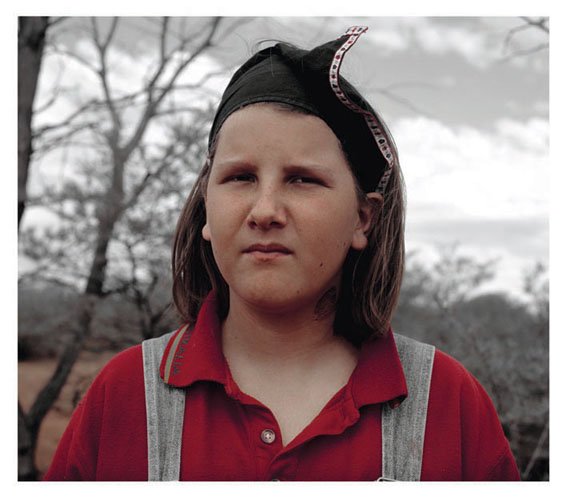
Nicki, Alice Springs, Northern Territory, 2006 Nicki is the daughter of Mitch, who fought against the proposed nuclear waste dump at Harts Range, Northern Territory.
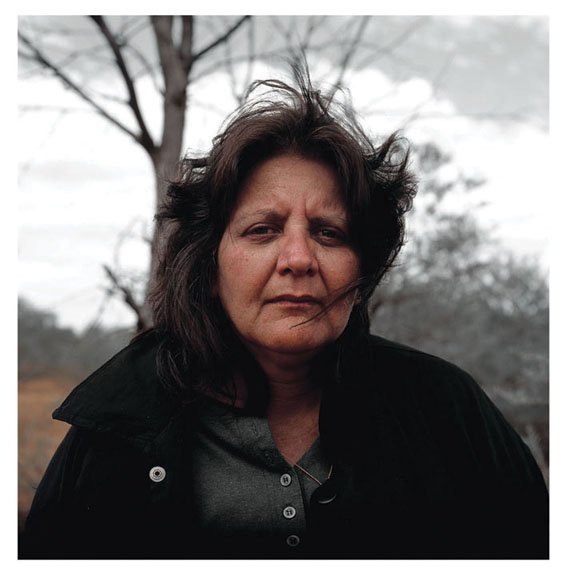
Mitch, Alice Springs, Northern Territory, 2006. When the northern Territory nuclear waste dump was first proposed, Mitch and her daughters Billy Jean and Nicki established a colourful protest vigil on the turnoff to the Tanami Highway. Mitch spoke up for her family opposing the then proposed Harts Range site. The site is now off the list, however, Mitch continues to speak up strongly about nuclear issues and Aboriginal justice.
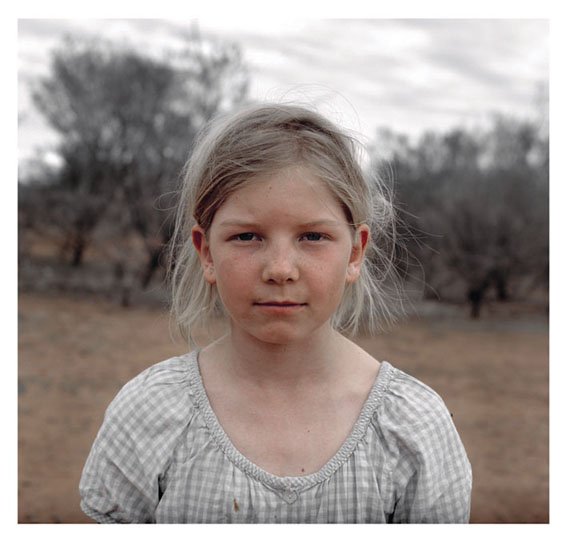
Billy-Jean, Alice Springs, Northern Territory, 2006. Billy-Jean is the daughter of Mitch, who fought against the proposed nuclear waste dump at Hart's Range, Northern Territory.
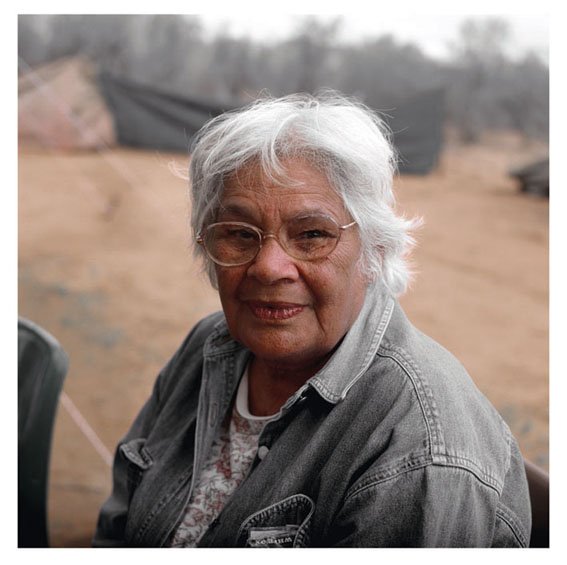
Kath Martin, Mt Everard, Alice Springs, Northern Territory, 2006. Kath, Traditional Owner and Athenge Lhere woman worked tirelessly to oppose the Commonwealth radioactive waste dump which was proposed for Mt Everard, just 13km from her home. Mt. Everard has a sacred Arrernte site within the boundaries. The site has since been excluded from the site selection process.

Kevin Buzzacott, Alberrie Creek Station, South Australia, 2006. Kevin, an Arabunna elder from the Lake Eyre region, has been fighting against Olympic Dam Uranium Mine in Roxby Downs South Australia since it began operations in 1986. The mound spring areas, which are dotted all across Arabunna land, are threatened due Olympic Dam using up 30-40 million litres of water each day from the Great Artesian Basin.
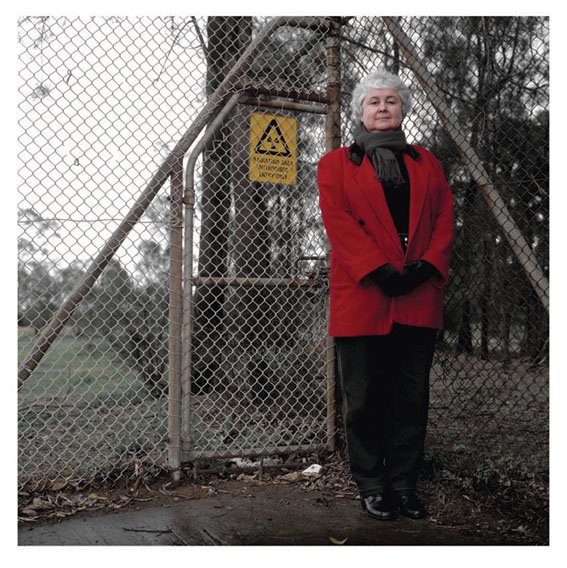
Jenny Lewis, Port Pirie, South Australia, 2006. Between 1955 and 1962 uranium from Radium Hill was processed at the Port Pirie Uranium Treatment Complex, which left behind 200, 000 tonnes of solid tailings. Jenny was a prominent member of the local campaign group that succeeded in getting the tailings fenced off, as for a number of years children were using it as a playground. Between 1989 -1990 the group’s actions led to a partial clean up of the 26 hectares of contaminated soil. Jenny is keeping vigilant to stop any further development of the site.
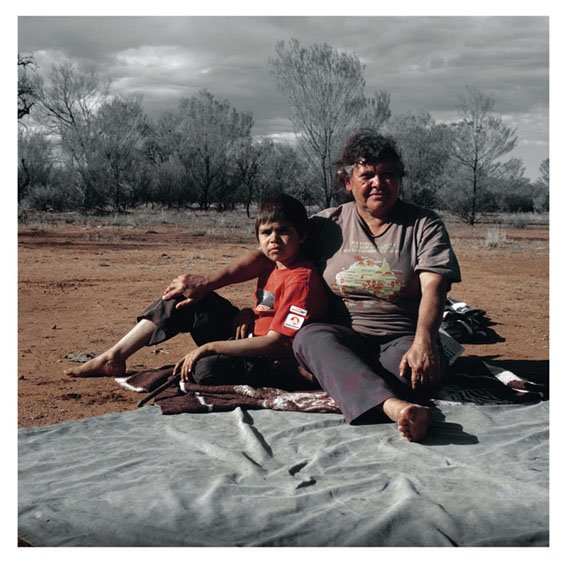
Marlene Bennett and grandson Lance, Alice Springs, Northern Territory, 2006. Marlene has strong family links to Muckaty Station, one of the sites proposed for the Commonwealth radioactive waste facility. Muckaty lies 760km south of Darwin. Marlene and her family are strongly opposed to the waste dump proposal and felt there was a process of secrecy and bullying throughout the process. Lance said he wants the Prime Minister to put the nuclear waste dump in his own back yard, if it’s so safe.